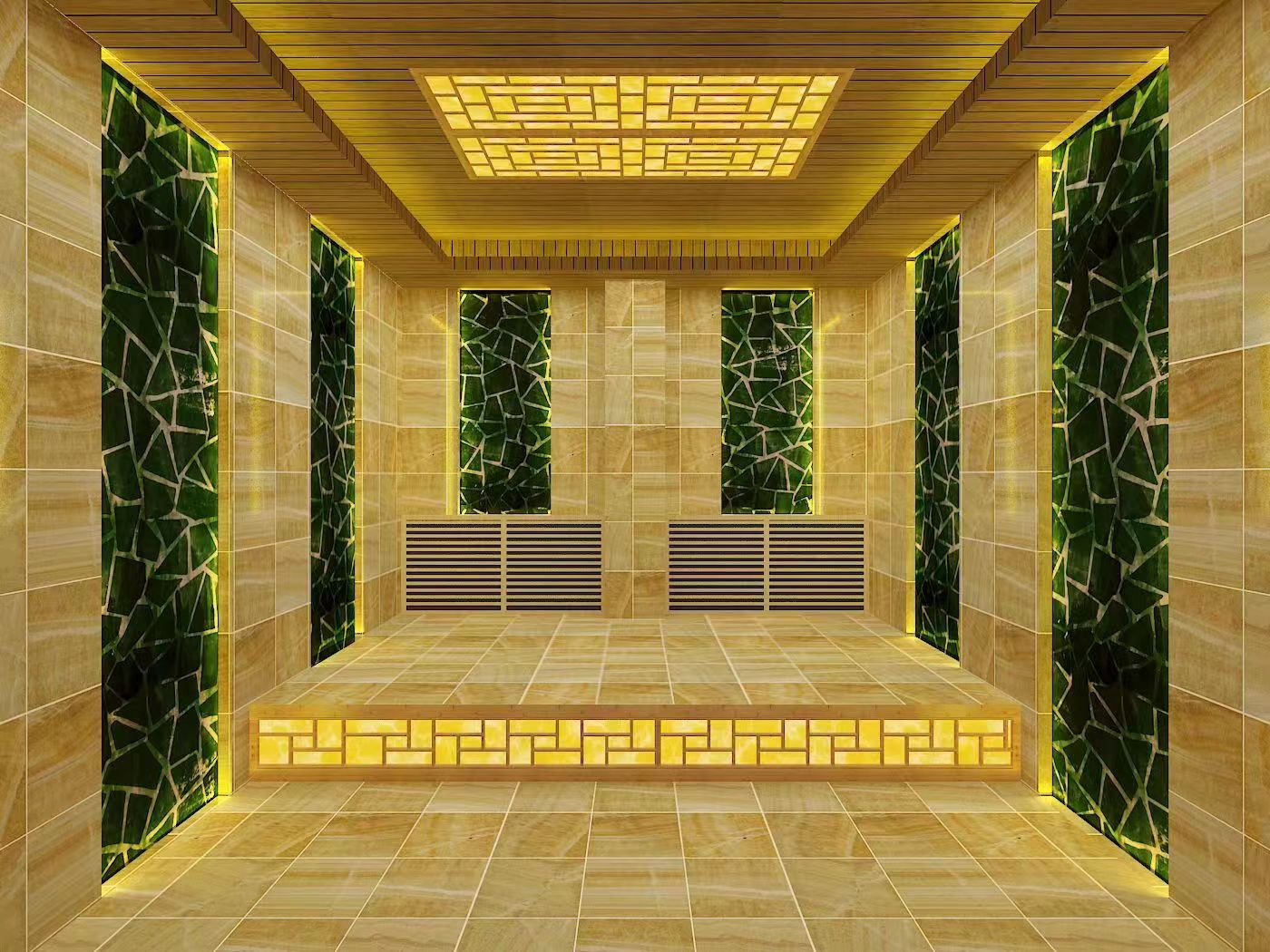
In today's rapidly evolving world of construction and design, new materials are constantly emerging and challenging the dominance of traditional ones. One important aspect to consider when choosing materials is moisture resistance. Cedar has long been revered for its natural moisture-resistant properties, but how do these new materials stack up?
Cedar wood has several characteristics that contribute to its moisture resistance. Its natural oils and tight grain structure help repel moisture, making it a popular choice for outdoor applications such as decks and siding. It can withstand exposure to rain, snow, and humidity without significant deterioration.
However, new materials are bringing fresh perspectives to the table. Some composite materials, for example, are engineered to be highly moisture-resistant. They are often made from a combination of plastics and fibers, which are less susceptible to water absorption than traditional wood. These composites can maintain their structural integrity even in extremely wet environments, and they don't warp or rot as easily as cedar might over time.
Another category of new materials includes treated woods. These are traditional woods that have been chemically treated to enhance their moisture resistance. While they can offer improved performance compared to untreated cedar, there are concerns about the environmental impact of these treatments.
In terms of durability, new materials may have an edge over cedar in moisture-prone areas. They can resist mold and mildew growth better, reducing the need for frequent maintenance and replacement. Cedar, on the other hand, may require periodic sealing and staining to maintain its moisture resistance.
Cost is also a factor to consider. Cedar can be relatively expensive, especially high-quality varieties. Some new materials may offer a more cost-effective solution without sacrificing moisture resistance.

